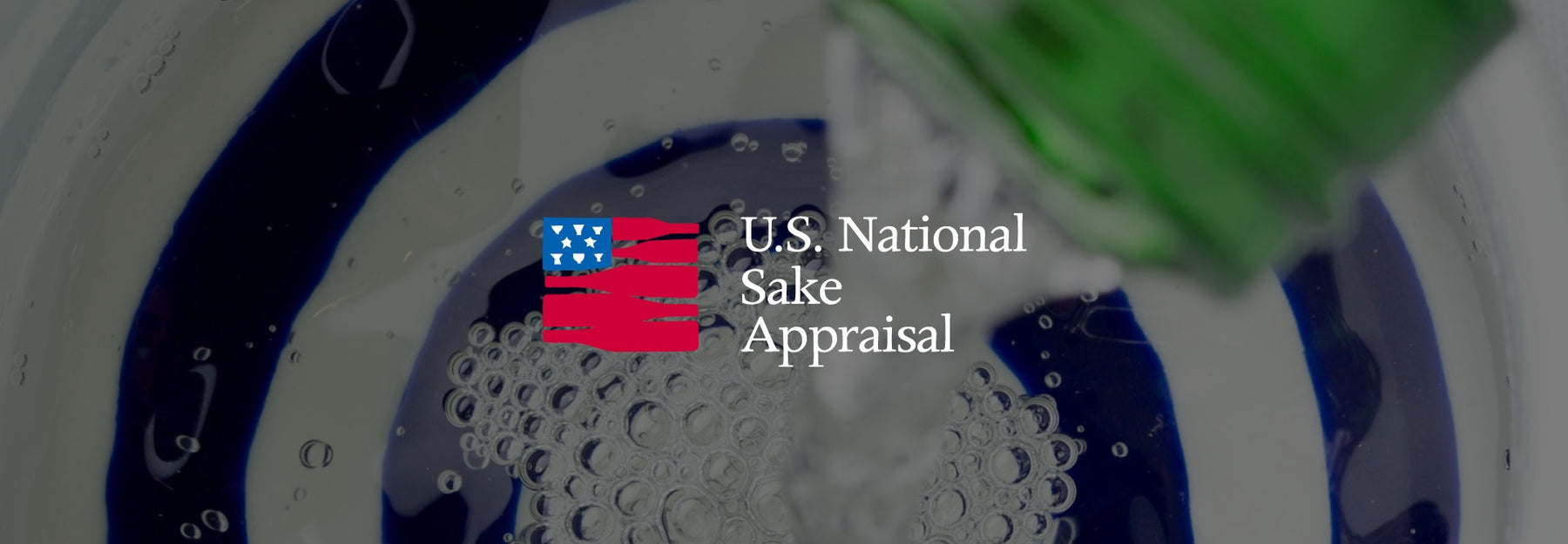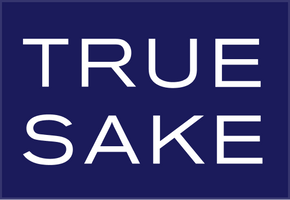
Sake Judging – The US National Sake Appraisal
Six weeks ago, on September 13-15, the 2022 U.S. National Sake Appraisal was held at the Hawaii Convention Center in Honolulu, Hawaii. Over three days, eleven judges, nine from Japan and two from the U.S., tasted 576 entries submitted by 165 breweries in Japan and the U.S. Top-scoring labels receive gold and silver awards, with “Grand Prix,” “Second Grand Prix” and “Third Grand Prix” awards given to entries with the highest marks in each category. The results are posted on the Appraisal website after the judging at http://www.sakeappraisal.org/en/appraisal-2022.html

When the Japan National Sake Appraisal was founded 112 years ago, the quality of sake was not what it is today. And the same can be said for sake available in the U.S. in the year 2000. Almost no one shipped sake in reefer (refrigerated) containers and as a result sake that arrived in the US, after passing through the Straits of Malacca, just four degrees north of the equator, was often heat-damaged. Warehouse storage was not temperature-controlled, and quality was so poor that few people in the U.S. knew what good sake actually tasted like.
Into this predicament stepped the Kokusai Sake Kai (International Sake Association), which had been founded in Hawaii in 1987. The members felt something should be done, and at a board meeting on June 20, 2001, it was proposed that KSK set up a rigorous, unbiased judging, following the example of the Japan National Sake Appraisal, which had been founded in 1910. This would accomplish two goals: it would set a standard for judging sake outside of Japan and it would show the public what really good sake in peak condition is supposed to taste like.

The first U.S. National Sake Appraisal was held on September 27, 2001 in Honolulu, Hawaii. Ten judges–five from Japan and five from the U.S.–participated in a blind tasting of 126 entries submitted by 42 breweries based on aroma, taste, balance and overall impression. Gold and silver awards were presented to entries which received the best scores. After the Appraisal, the public had an opportunity to taste them at The Joy of Sake, which is held in tandem with the Appraisal every year. http://www.joyofsake.com
What makes an award-winning entry? In the Japanese tasting tradition, it comes down to an absence of faults. The Appraisal judges, who typically taste around 300 entries a day, aren’t looking for spectacular flavor expressions–instead they are probing for faults. Off-flavors can develop at different stages of the brewing process, as well as during storage, pasteurization and bottling. Yeast and koji can be overactive or not active enough, resulting in a lack of balance. The aroma can be too pronounced or, overwhelmed by the taste, barely noticeable. The judges pay attention to these three factors–aroma, taste and balance–and then mark their score, ranging from “1” for “outstanding” to“5” for “flawed.”

There are four categories in the judging: Daiginjo A (polishing ratio 40% or less), Daiginjo B (polishing ratio 50-41%, Ginjo and Junmai. During the first tasting, or isshin, all entries are tasted. The nishin, or second tasting, follows for entries in the top 50th percentile of the isshin tasting. This year the judges tasted all 576 entries once, and during the nisshin tasted 305 of them again, a total of 861 over three days. Appraisal judges need not only skill and experience, but also stamina.

For human beings, the most easily detectable taste is sweetness, which is known technically in the sake world as “glucose density.” It’s one of the first things you notice, even in “dry” sakes. However, in a sake judging sweetness poses some problems.
Prior to COVID19, judges worked their way around the tasting tables, sampling the entries in sequence. It became apparent that if a low-glucose entry was tasted after a high-glucose one, its mark suffered, penalizing sakes with a more subtle, understated expression. This particularly affected Daiginjo entries.
In 2017, with the assistance of Dr. Haruhiko Uehigashi, deputy director of the Kochi Prefectural Industrial Technology Center, all of the entries were measured for glucose content using laboratory procedures. Prior to the judging, entries were placed on the tasting tables in order of glucose density, from low (less sweet) to high. The judges felt this resulted in a more equitable process, and it has been used at the U.S. National Sake Appraisal ever since.
The Joy of Sake --
The Appraisal is held behind closed doors, and the only way for most people to participate is by attending The Joy of Sake events in Honolulu and New York, where this year all 576 entries were available for tasting. It’s an amazing experience which every sake aficionado should have at least once. As you move among the Daiginjo, Ginjo and Junmai tasting tables, sampling tasty sake appetizers in between, you gain an unparalleled perspective on the great variety of delicious sakes being produced today. Many labels now available in U.S. stores and restaurants made their first overseas appearance at The Joy of Sake. www.joyofsake.com

In closing, I’d like to thank Beau, who participated as a judge in the 2008 Appraisal and helped make Joy of Sake San Francisco a success that year, for providing an opportunity to make these remarks. And also to express my appreciation to the True Sake crew for all they do to support sake appreciation in the United States.
